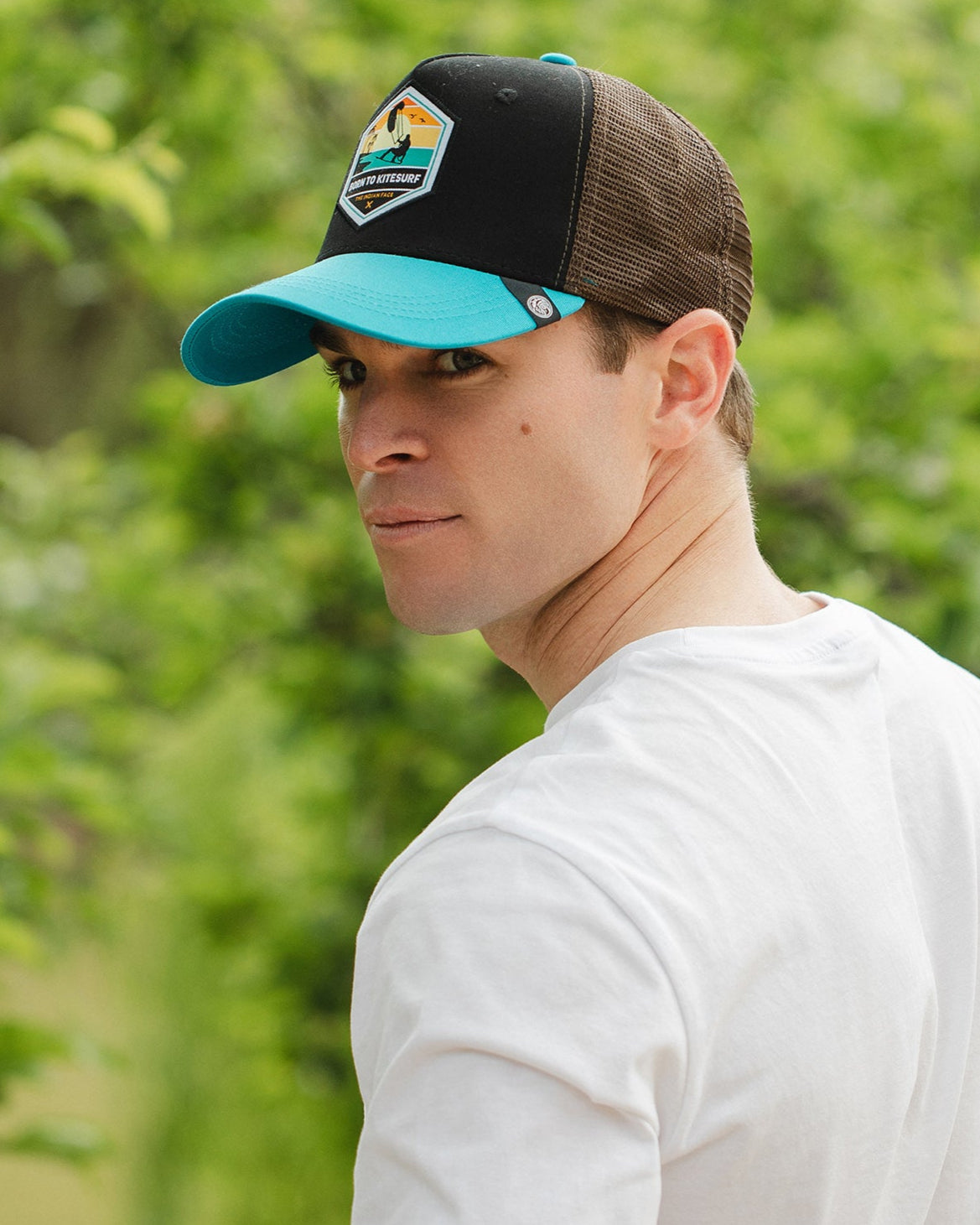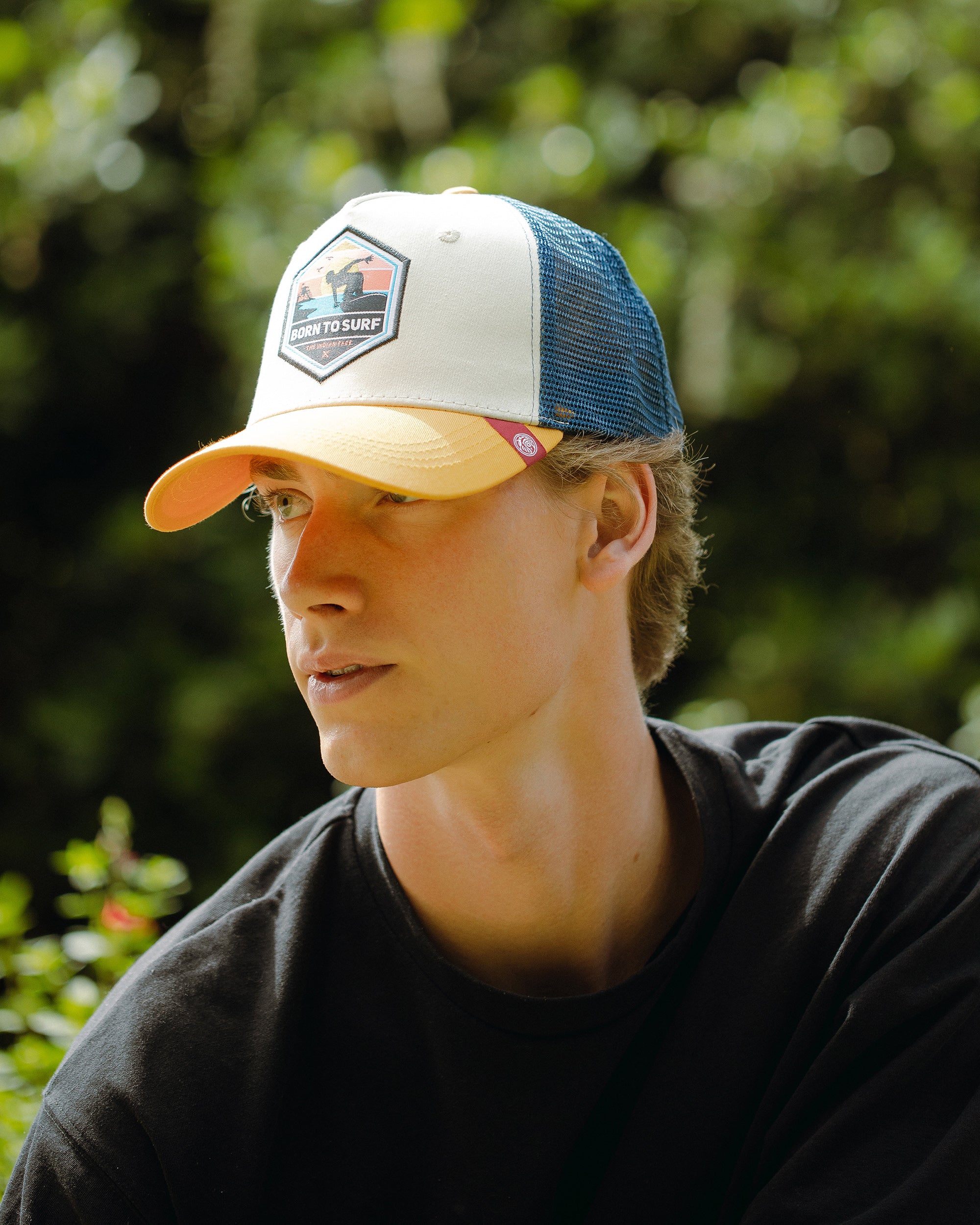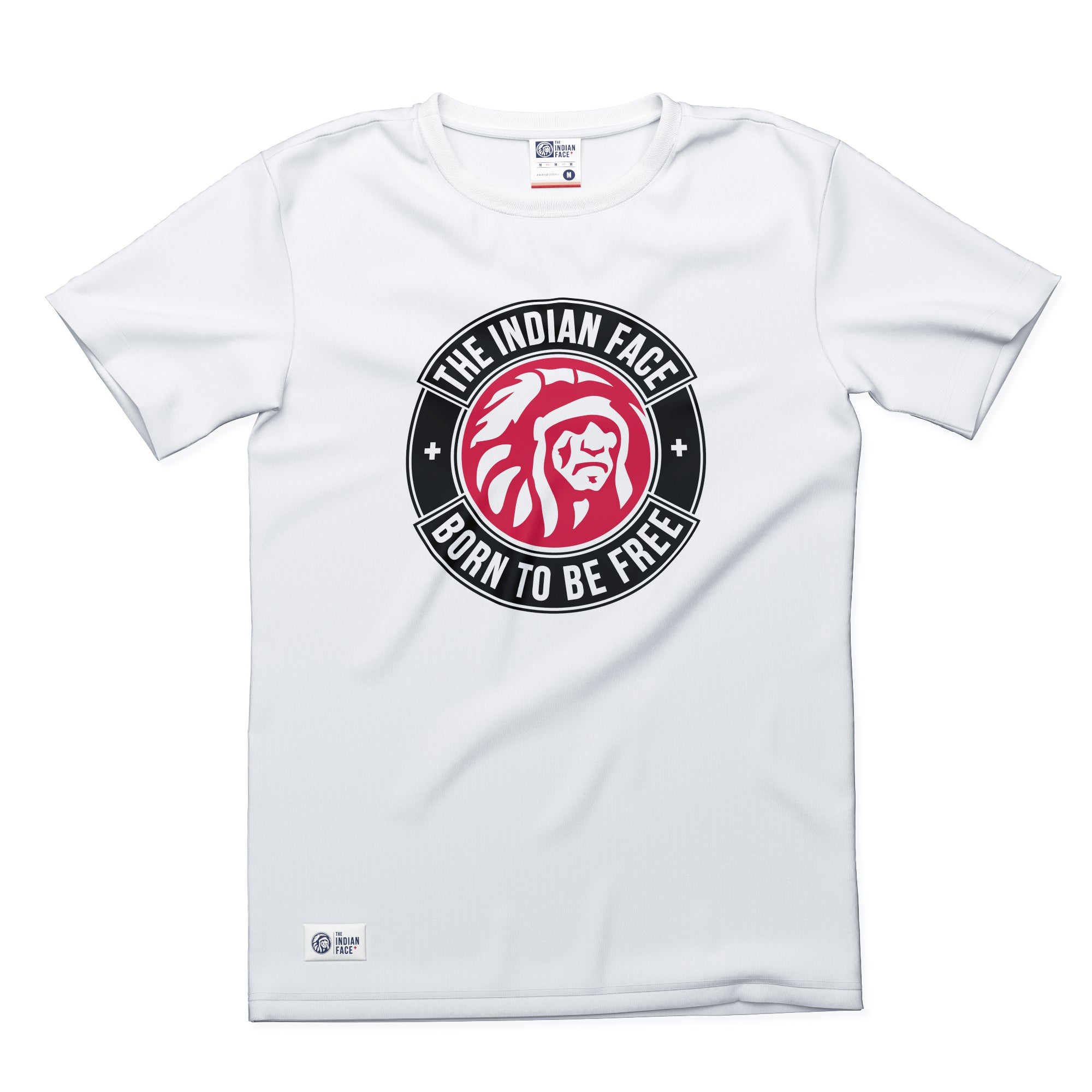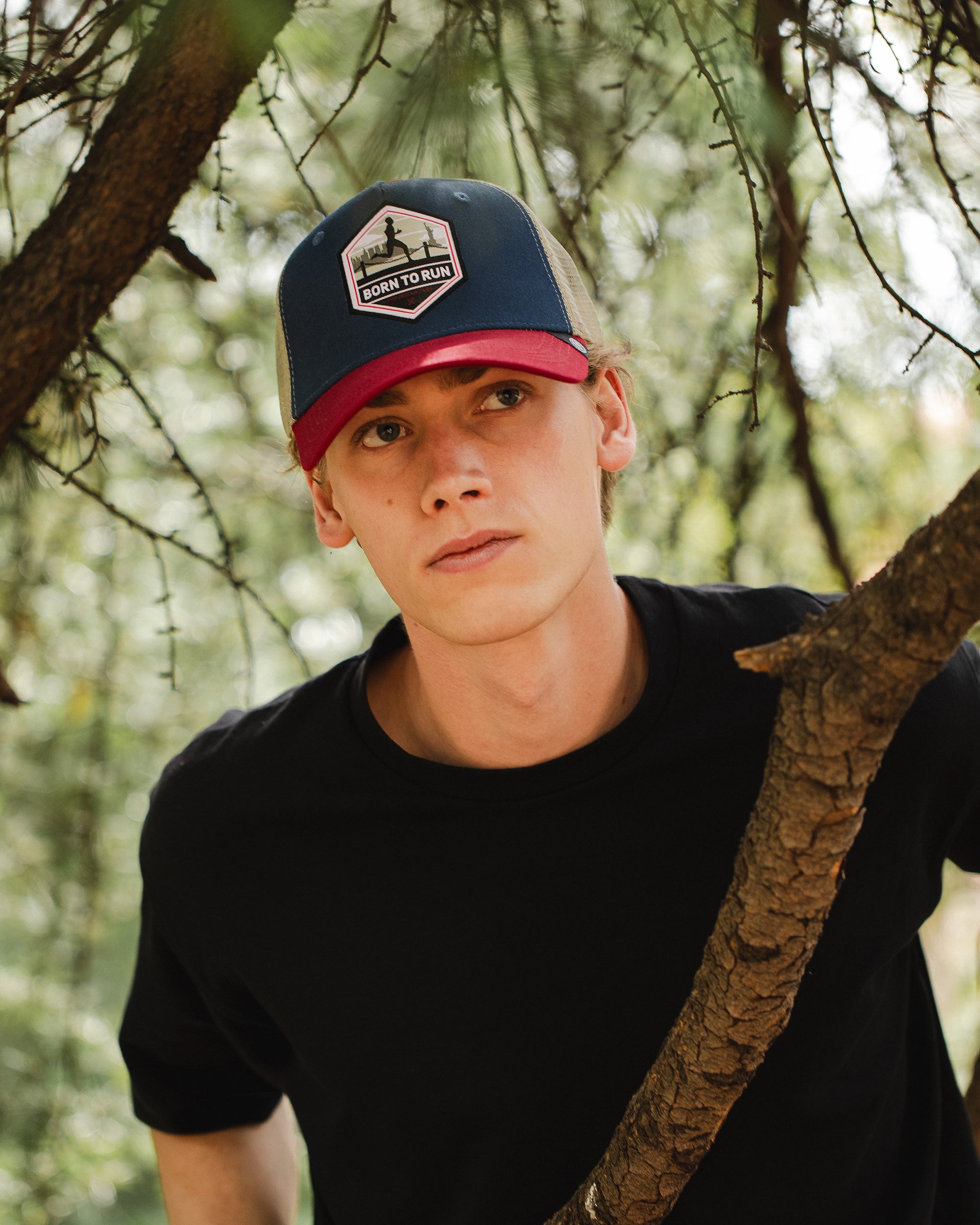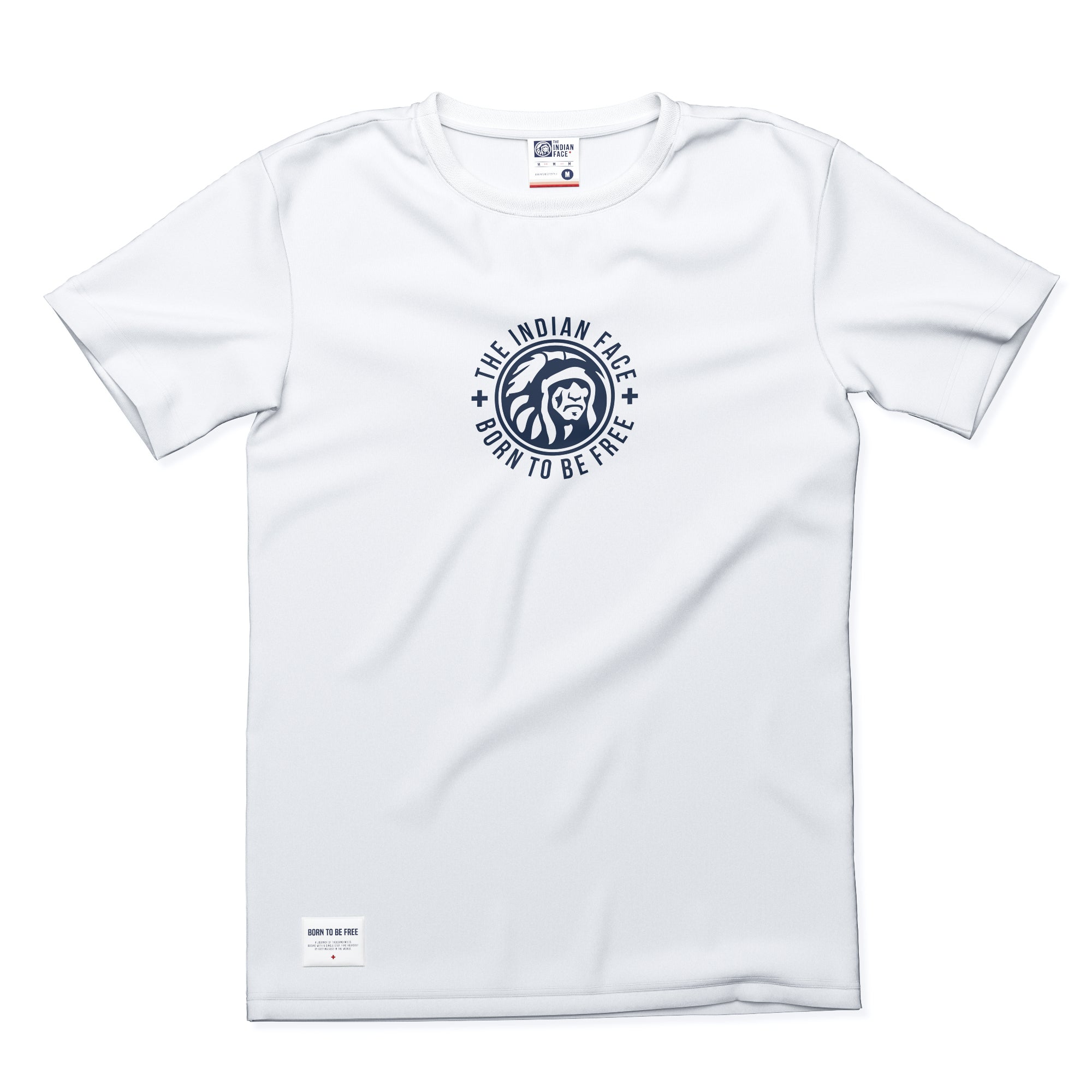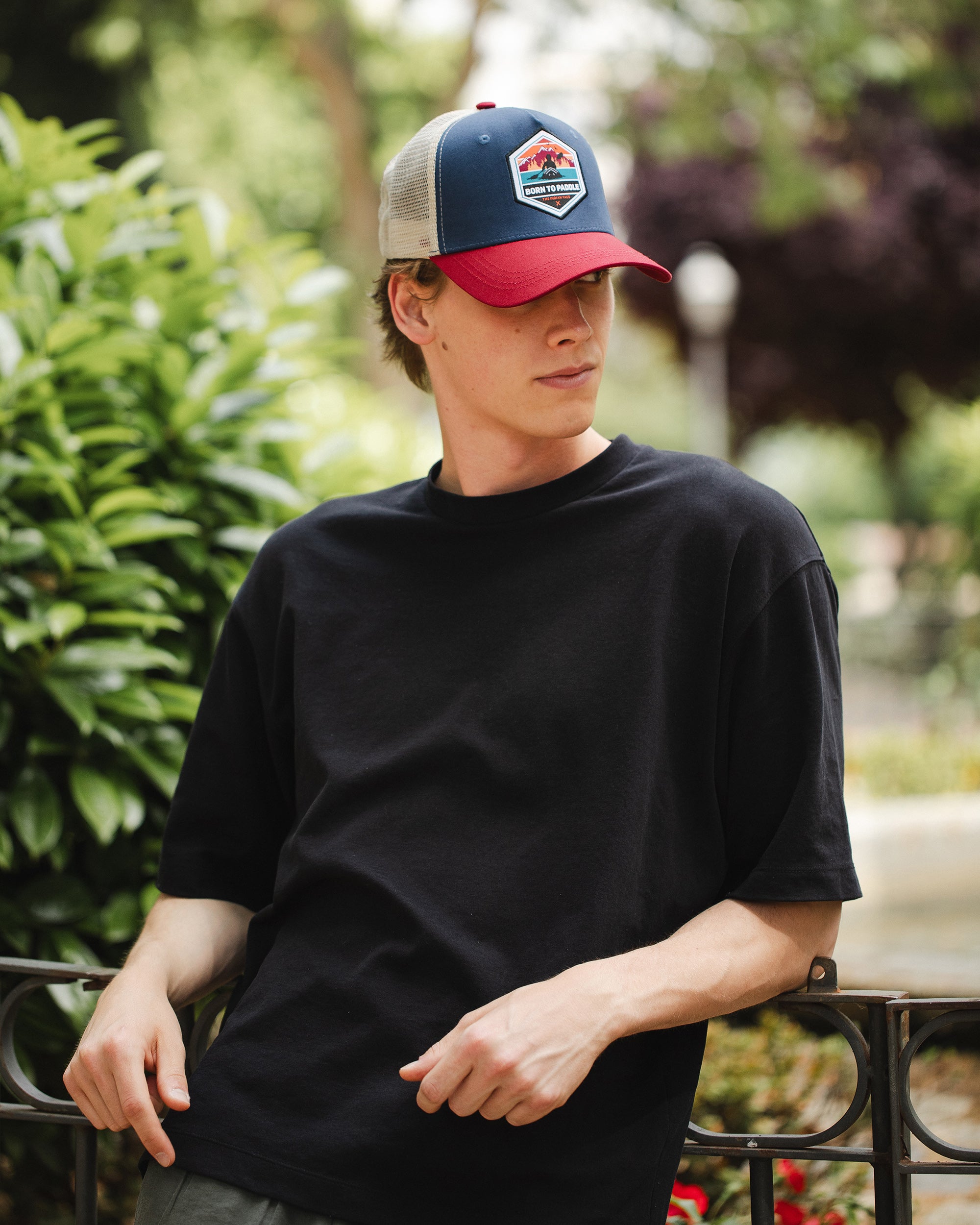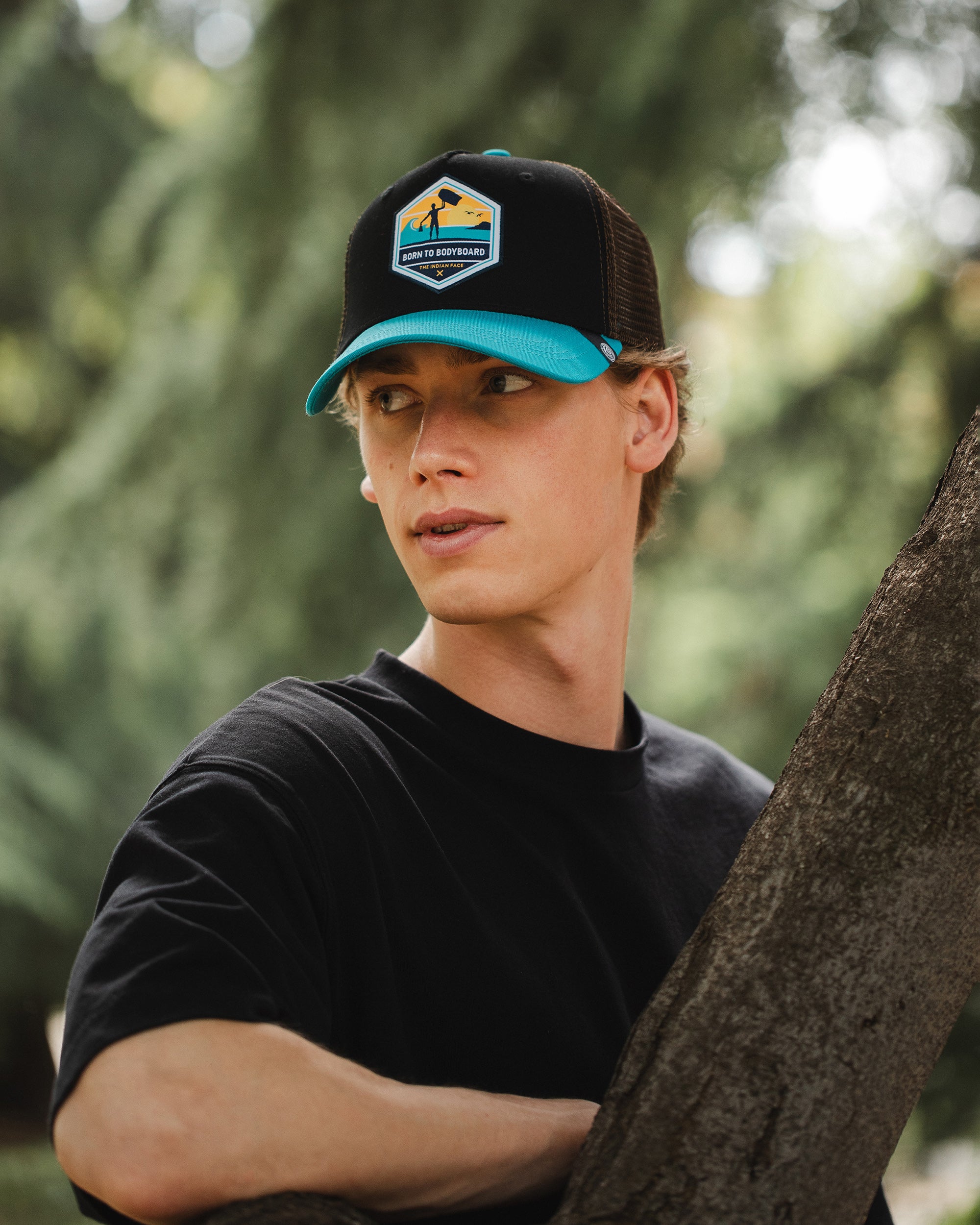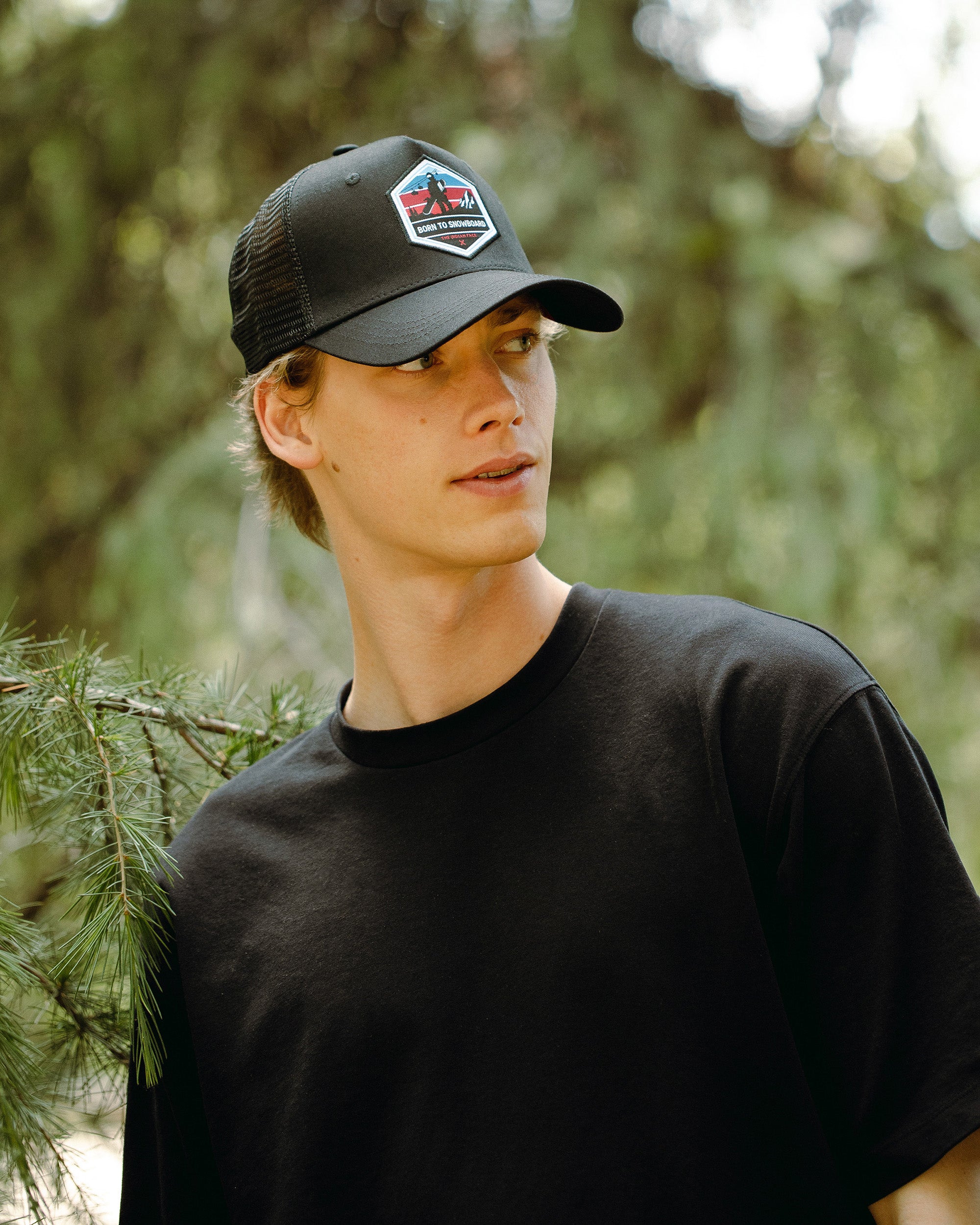Have you ever stopped to think about what happens to that plastic bottle that you threw away? trash? If that bottle was lucky and remained in the garbage container, it must have already been incinerated or recycled. But if the opposite is the case, and due to the circumstances of life, it ended up in the waterways of Madrid, it is very likely that today this plastic bottle forms part of the more than 8 million tons of plastic floating in the ocean. And even more disconcerting is the approximately 500 years that will have to pass before this bottle ceases to exist.
It is very difficult to get rid of plastic when this material is found in practically everything around us: food, construction materials, kitchen utensils and cosmetic products. There is so much plastic waste floating in the sea that the same maritime currents have grouped it together and year after year they have formed “islands” of garbage.
Today there is not just one, but five garbage islands: two are located in the Pacific Ocean, two in the Atlantic and one in the Indian Ocean. These islands have created an invasive ecosystem in the sea, their size is almost seven times that of Spain, and they have even been given the name “The Seventh Continent”.

One of these islands is the Great Pacific Garbage Patch. A mountain of rubbish hidden beneath the sea, estimated to have a surface area of 17,000,000 km2. The magnitude of this island cannot be captured through satellite photography; its full size can only be observed from underwater, in front of it, or inside it.
The Great Pacific Garbage Patch, located between the United States and Japan, became the obsession of one athlete: Ben Lecomte, a 52-year-old French swimmer. Lecomte's name began to resonate in the media when, in 1998, he set himself his first sporting challenge: to be the first man to cross the Atlantic Ocean from the coast of the United States to the coast of France. That time, the expedition lasted 73 days and covered 5,980 kilometers.
Having achieved his goal, 20 years later, Lecompte embarked on another expedition. This time, he would cross the Pacific Ocean from Tokyo to San Francisco and thus set a new record. However, during the crossing, a storm wrecked his support boat, forcing him to abandon the expedition and making him think that, this time, he would not be able to complete his feat.
On his way back, something else caught the attention of this athlete. He saw in the distance a large “soup” of plastic floating in the middle of the sea. After investigating, he also discovered that what he saw was only the tip of the iceberg of a great environmental disaster. Only 15% of the huge island of garbage was noticeable; beneath the surface, the remaining 85% was apparently lying at the bottom of the ocean.

Since then, Lecomte has set out to cross the island, creating the new “Vortex swim” expedition. This time he was not going to cover 5,000 kilometers but 7,000. Beyond setting a personal record, his main objective was to collect data, including: 200 samples of microplastics and microfibers that were present on the island. In this way, he would facilitate research into the levels of pollution that exist in the ocean, and how these affect marine biodiversity and therefore our own existence.
There are many interesting facts that this intrepid athlete and explorer's expedition brings with it. However, his crew of "Vortex swim" is made up of 9 people, divided into 2 support boats. Among them there are photographers, with state-of-the-art 360° cameras, drones and aquatic robots, sailors and scientists.
For the study, Lecomte submerged himself in the water for 8 hours a day collecting water samples. The waste he found was taken for analysis and his team documented everything in real time through his Instagram account. They also created a website, still available, where you can read a log of the trip and there is also a link where you can see live where his route goes, simply amazing!

Now, the suit he used to swim is the most surprising! It is created with the highest technology so that each stroke Lecomte made was information. For example, on his leg he wore a RadBand which allowed him to identify the levels of radioactive cesium in the water, a highly toxic nuclear component, which can live in the sea for about 20 or 30 years. Radband It favored the study of these microparticles that are affecting the acidity of the water and therefore the well-being of the species that live in it.
It also had a shark repellent bracelet, which as its name suggests, emits waves to scare away white sharks that were migrating during the expedition and could endanger the journey and the crew. Their two boats carried GPS radars that constantly reported to their base at the University of Hawaii.
One of the most controversial images was a photograph of Lecomte sitting on a toilet, naked. The photo quickly went viral on social media. However, despite attracting public attention, Lecomte claims that society does not see the magnitude of the problem, since he was miles away from the last time he had set foot on land, and he was floating on a toilet! How did this get there? It is a question that triggers millions of possible answers, but the public was only left with the nakedness of the photograph.
Not only did he find the objects that surprised him: toothbrushes, clothes, containers, fishing line, cans, but also what remains of them when they begin to decompose, and these are microparticles that are very difficult to collect and become so tiny that they are consumed by fish and end up in our body, affecting our endocrine system.
One of the anecdotes that Lecomte tells that had the greatest impact on him was when, on one of those days, as it was getting close to lunchtime, they opened a fish and inside it was a plastic mesh and a suction cup. They knew they had to show this to the world.

Another of the discoveries that caused the greatest interest to Lecomte and his team was the discovery that within this island that looks more like an oasis, species have adapted to this ecosystem by creating life within it, without knowing that they are living within chemical components.
Removing plastic from the world completely seems like a complex task, especially when the consequences for our health and marine ecosystems will begin to be seen in a few years. Lecomte says that on his first expedition he had never seen so much plastic. The problem is not the plastic itself, but the use that people give it and how little they are aware of when getting rid of it.

Let us follow Lecomte's example and take care of something as wonderful and full of life as the sea, the ocean and the species that make it their home. Small actions are what count, and together we can make the utopia of a healthier and more habitable world a reality.




